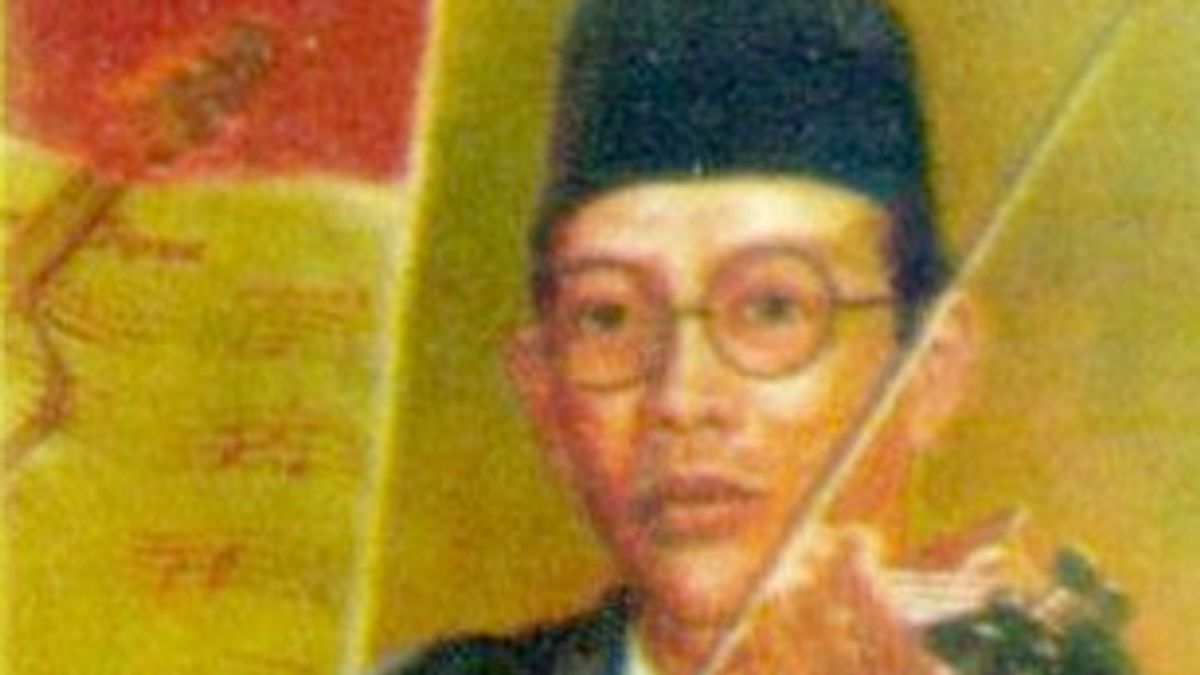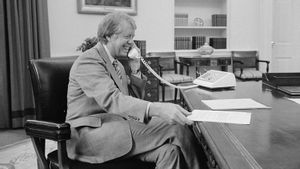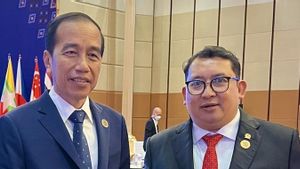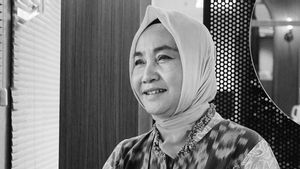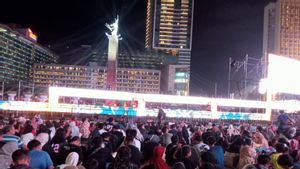JAKARTA - There are many stories about the song Indonesia Raya. Since the Second Youth Congress, the song composed by Wage Rudolf (WR) Soepratman became a form of resistance against the Dutch. Very exalted. But not for the Netherlands. Indonesia Raya is not dangerous, he said. The Dutch even repeatedly humiliated Indonesia Raya by calling it unfit to be the national anthem.
The spirit of movement in WR Soepratman's blood is unquestionable. It is the complete package of freedom fighters. Soepratman was a journalist who ignited the anti-colonial spirit of the Alpena news agency and the Chinese-Malay news agency, Sin Po.
On the other hand Soepratman is a capable musician who can use music as a tool to fight. Therefore, Soepratman is well known as a young man who sparked independence with two tools: a pen and a violin. Soepratman's struggle through music began when he accidentally read a challenge from a magazine published by Solo (Central Java), Timboel.
The magazine challenged the bumiputra composer to compose the national anthem. The advertisement steadied Soepratman's heart. It has been his determination for a long time to contribute something valuable to the nation's struggle. Incidentally, the national anthem became the medium.
“It would be nice if there was an Indonesian youth who could compose the Indonesian national anthem. Because, all other nations have their own national anthems,” wrote the challenge in Timboel magazine quoted by Anthony C. Hutabarat in the book Straightening the History and Biography of Wage Rudolf Soepratman (2001).
Soepratman then allocated a lot of his time to compose the national anthem. The pinnacle of being loved by scholars arrived. The song Indonesia Raya was born in mid-1928. Soepratman planned to introduce the song on October 28, 1928 at the Second Youth Congress located at Clubgebouw, Jalan Kramat 106, Batavia.
After that, on the sidelines of the congress, Soepratman approached Sugondo Djojopuspito who was leading the event. Soepratman expressed his intention while handing him a piece of paper containing the notation and lyrics of the Indonesia Raya anthem. As many have said, Sugondo gave permission.

However, the lyrics to the song Indonesia Raya were considered too provocative. Many feared phrases provoked the Dutch East Indies police to disband the congress. To be safe, Sugondo immediately went to the advisor for Bumiputra affairs, Dr. Ch. D van der Plas. The effort was successful.
Van der Plas did not mind the song being played. As long as there's no poetry. Sugondo gave the encouraging information to Soepratman. He also agreed to play a song without poetry. Therefore, before the pledge of one nation, one homeland, one language, namely Indonesia, Soepratman came forward to play his song.
"He stood there for a moment waiting for the applause to disappear. After a period of silence, he began to show his skills in playing the violin with his songs. For about five minutes, the rhythmic strains of the violin enchantedly captivated the attention of the audience.”
Then with a smile he bowed to the public who greeted him with thunderous applause. Some accompanied it with a whistle, some accompanied it with a scream asking to be repeated. It is with great emotion that we have been given the honor to play the song that we hope will become the national anthem at a historic moment,” wrote Bambang Sularto in Wage Rudolf Soepratman's book (2012).
Great Indonesia is underestimatedThe narrative that the Dutch were disturbed by the composition of Indonesia Raya did not actually occur. Senior journalist and historian, Rosihan Anwar, revealed that Van der Plas himself did not find anything special regarding the song Indonesia Raya at the Second Youth Congress.
Moreover, the police did not view the song as politically dangerous for the existence of the Dutch. Van der Plas even called Indonesia Raya a song with a banal melody.
Not only Van der Plas. The high commissioner of the Batavian police, JM Feuerstein, also allowed the anthem Indonesia Raya to be played during the Second Youth Congress. With his permission, the poems and songs can be played without interruption.
Therefore, there was no objection when the song was originally played with violin and guitar. At that time, the license to sing Indonesia Raya was the prefix for the song to be played in public for the first time.

Despite the fears of the Dutch police, the song was simply deemed unsuitable to be heard at meetings with participants under the age of 18. The rest, nothing.
“After the congress, when the police studied the words of the song, they realized that the song had a political purpose. So singing the song 'Indonesia Raya' is considered unsuitable for meetings where people under 18 are present, said the Dutch police commissioner.”
“Indeed, when the song 'Indonesia Raya' was introduced for the first time at Kramat No. 106, Jakarta, in 1928, Haji Agus Salim's daughter named Dolly joined in singing the song. Also present at the historic event was a Minahasa girl who later became known as a psychiatrist, Mrs. Yos Masdani," said Rosihan Anwar in the book "Petite Histoire" Indonesia Small History Volume 1 (2004).

The song Indonesia Raya not only received a lot of support from the Bumiputras. Rejection is also not small. Including from the official Bumiputra regent (Regent) Batavia, RT Achmad. According to him, the song Indonesia Raya is not good to be sung without musical accompaniment.
Another opinion from students in Batavia said that Indonesia Raya sounded bland. Has no power. The loudest came from a high school student Hoogere Burgerschool (HBS). The keroncong song is said to be better than Indonesia Raya.
“How wrong the Inlander employee's judgment was has been proven by history. It turned out that the song 'Indonesia Raya' was accepted as the national anthem and sung by Indonesian children. Because in the colonial system, Inlander employees had to face their bule bosses, and it is understandable that the Patih of Batavia (class) named Raden Kandoeroean Wirahadikoesoema in his report to the high commissioner of the Batavia police revealed that the song in his opinion had a political purpose, so it was not suitable for the public where the children will sing it,” concluded Rosihan Anwar.
*Read other information about NUSANTARA HISTORY or read other interesting articles from Detha Arya Tifada.
Other MEMORIESThe English, Chinese, Japanese, Arabic, and French versions are automatically generated by the AI. So there may still be inaccuracies in translating, please always see Indonesian as our main language. (system supported by DigitalSiber.id)
